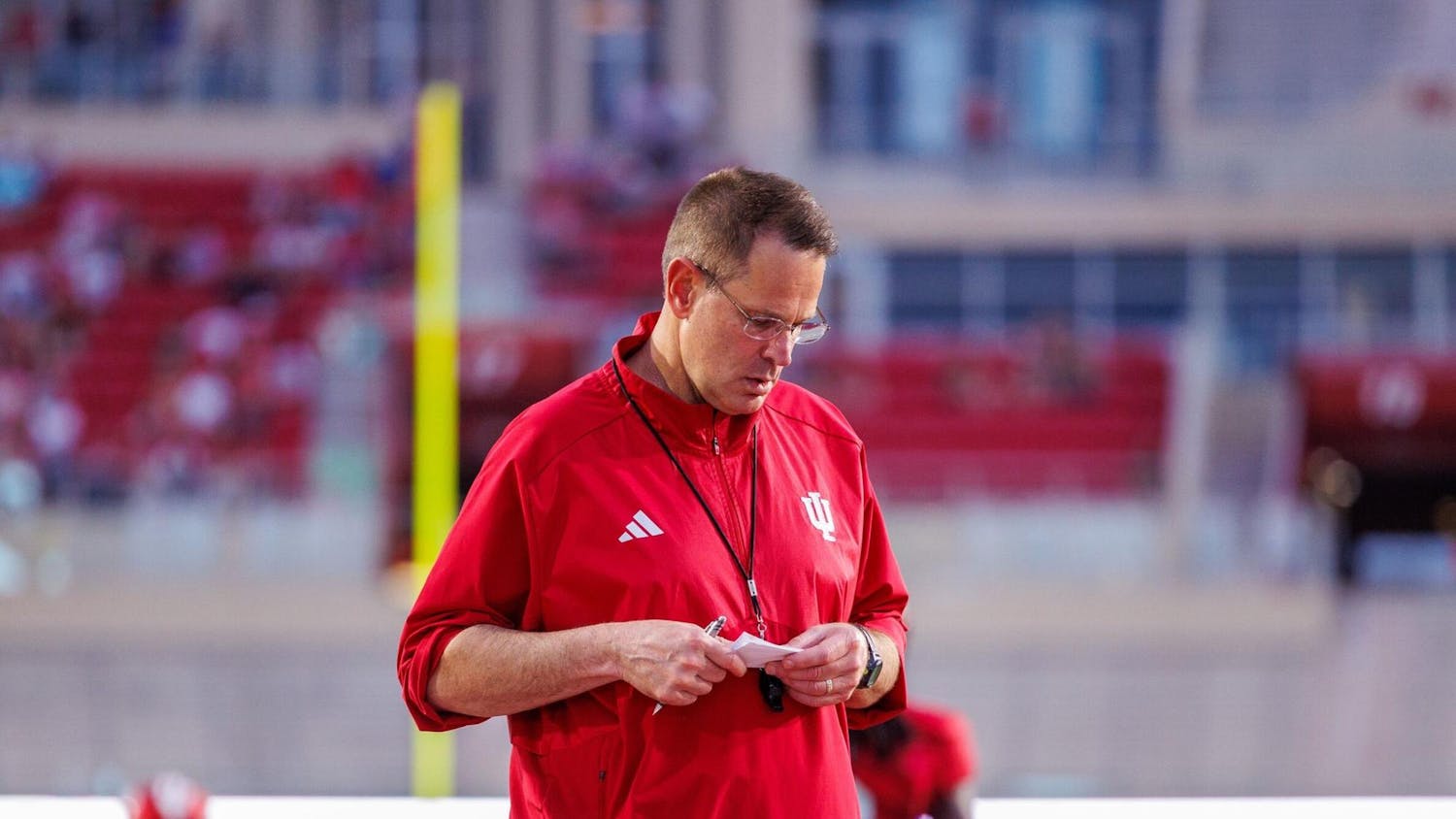Hurricane Katrina flung many lives and families scattershot around the country. With swathes of housing in the Gulf Coast razed or uninhabitable, many displaced residents decided to forgo a return to the area, choosing to rebuild from scratch elsewhere.\nBy the start of hurricane season this year, nearly 100 Katrina evacuees have taken up permanent residence in Bloomington, Red Cross officials estimate. About 300 came for refuge in the wake of the devastation.\nSome have since returned to New Orleans and the Gulf Coast region to pick up the pieces of their water-logged lives. Many simply passed through Bloomington to parts unknown.\nThe Red Cross tracked 342,354 evacuees dispersed across the country, maintaining a database to reunite families.\nAbout one-third of the refugees found employment here and signed leases or sought out mortgages, chancing settlement in a new community. Maria Carrasquillo, director of Emergency Services for the Monroe County chapter of the Red Cross, \npegs this figure as approximately on par with the national average.\nThe 2000 U.S. Census placed New Orleans's population at about 484,674. No exact data exists today, but a March RAND Corp. report put it at 155,000. Predicting it may climb to 198,000 by year's end, the report found that 55 percent of homes suffered severe flooding of at least four feet.\nDeprived overnight of home and hearth, a few hundred flood-victims made their way to Bloomington.\n"Most had some family connection or were raised here," said Bet Savitch, director of the City of Bloomington Volunteer Network. "But many had gone to school here, or passed through before, or simply sought a college town."\nBloomington was prepared to absorb and provide assistance to an en masse evacuation of 500 citizens. But the Federal Emergency Management Agency canceled a planned airlift to Indianapolis at the last minute. Temporary at Ashton Center ended up with dozens upon dozens of unoccupied cots.\nEvacuees trickled in on their own by car or public transportation. As family members were located, their ranks swelled to about 300, most of whom stayed with relatives or friends.\nVolunteers quickly stepped up to provide the necessities and arrange for medical care and school enrollment. Restaurants offered free food and landlords provided short leases with waived or deferred deposits and a first month's rent free. The city donated $15,000 to local volunteer efforts. It tendered free bus passes and waived utilities fees for the first few months. And all registered evacuees were assigned social workers to monitor their cases.\n"They received help with getting Social Security checks, Section 8, foodstamps, post-traumatic stress counseling, tutoring, everything," Savitch said.\nThe St. Vincent de Paul Society, a local Catholic charity, provided furniture and household items for many of the lower-income evacuees, some of whom made do with little more than a mattress and whatever possessions they could carry. The Buddhist Tzu Chi Foundation handed out up to $500 in cash to families.\n"They were all extremely gracious," Savitch said. "They were all reluctant to take any assistance."\nVolunteers continued to help over the long term, smoothing arrangements for property recovery when possible and providing social support. An ad hoc committee called Katrina Transitional Assistance to Families formed to attend to the uprooted.\n"It takes time to rebuild. It's a tragedy like a death in the family," said Barbara Moss, who spearheaded the effort. "At first people rally around you to give support but later forget what you're going through and expect you to move on."\nMany of the evacuees found employment in local industries and decided to stay. It largely depended on what opportunities arose, Carrasquillo said.\n"There's no trend socioeconomically," she said. "It's people from all walks of life ... Some just fell in love with a great town that welcomed them."\nTen months have passed since the disaster. The city now provides assistance to evacuees only through the regular channels of the existing social safety net. Volunteerism has tapered off as most families have become assimilated and found solid footing.\nLast fall, IU-Bloomington accepted nearly 80 transfer students from Gulf Coast universities. Assistant Registrar Bart Quinet said it will remain unknown until the fall semester how many, if any, decide to complete their degrees here. Thirteen students continued their studies for the spring semester.\nThe Red Cross contacted 10 evacuee families to see if they'd be willing to be interviewed for this article. None expressed interest.\nMost, Carasquillo said, just wanted to put it behind them.
Evacuees maintain new lives in Boomington
Get stories like this in your inbox
Subscribe





